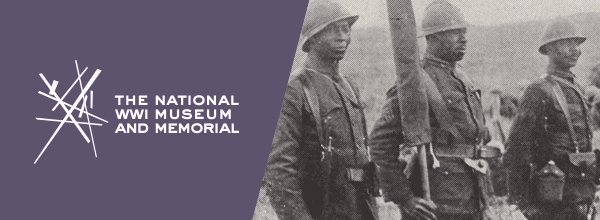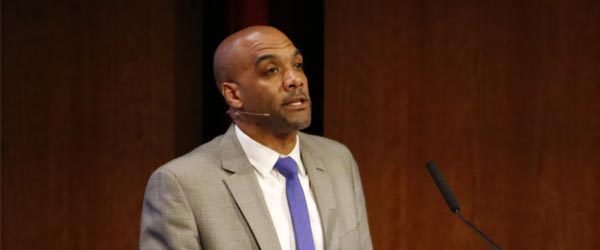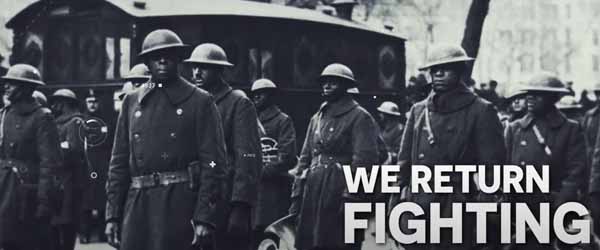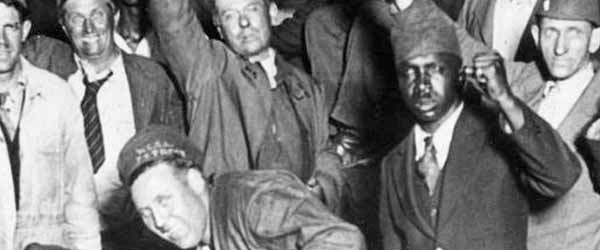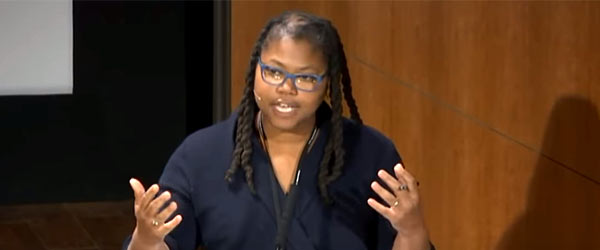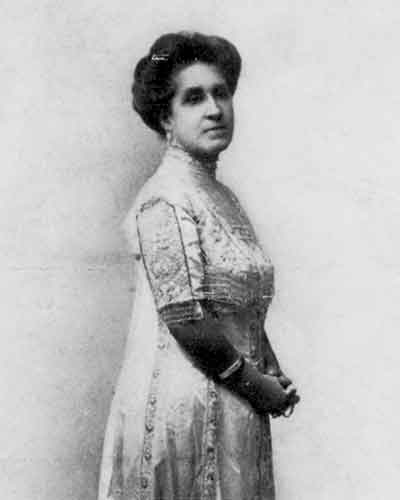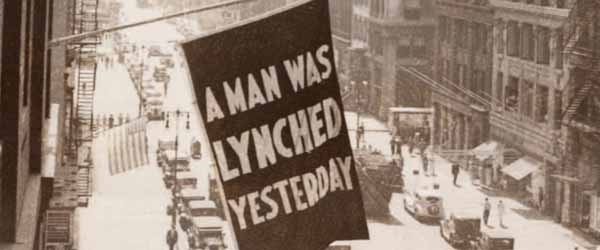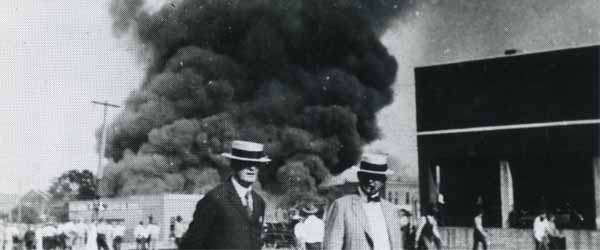Education News from the Museum and Memorial | View in browser
Amplifying Black Voices in History: WWI
The tremors of nationalism and self-determination that splintered centuries-old empires in Europe, Asia and Africa reverberated across the Atlantic Ocean, shaking American society. Though some had volunteered in a multitude of ways prior, the United States’ declaration of war was met with a mixed response across the nation particularly within marginalized communities.
For African Americans, some perceived an opportunity to prove equality and dignity; others regarded war participation as another way to be oppressed. The hope for the democracy that arose for the world, self-determined and safe, remained unrealized at home. This issue explores the wartime and post-war experiences of African Americans and their legacy of activism for racial equality.
The United States World War One Centennial Commission and the National WWI Museum and Memorial are dedicated to educating the public about the causes, events and consequences of World War I and we encourage the use of these resources to better understand the Great War and its enduring impact on the global community.
Partners from around the world participate in the Educator Resource Database, some of whom are highlighted in this newsletter.

